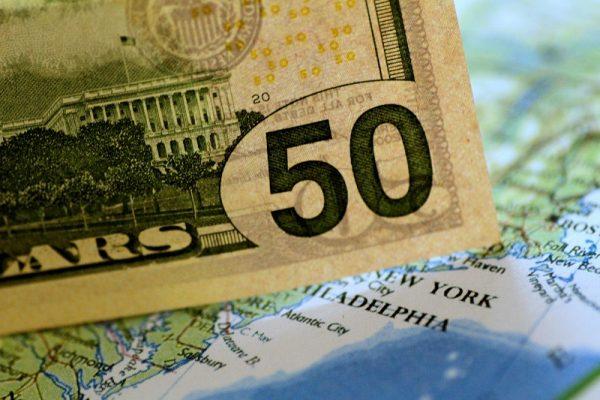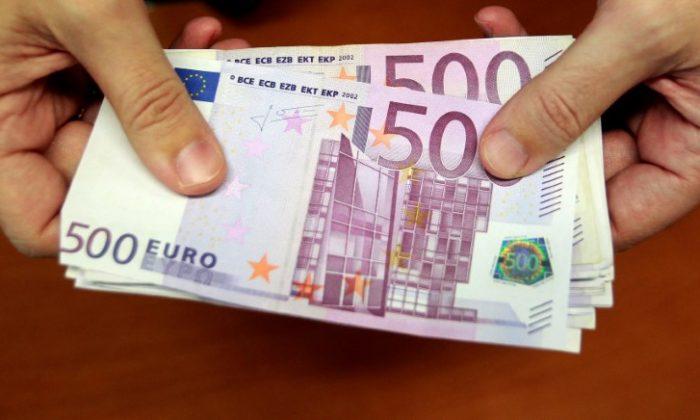NEW YORK—The U.S. dollar continued its slide on Aug. 22, and the euro hit a two-week high as investors rushed to cover short positions.
Some analysts said renewed U.S. political uncertainty could keep the dollar under pressure, although the immediate currency impact was modest.
The dollar index, which fell sharply this week after Trump criticized the U.S. Federal Reserve’s interest rate increases, inched 5 basis points lower to 95.16.
Easing fears about a currency crisis in Turkey and the Italian budget, as well as short-covering, sent the euro up for the sixth consecutive day. The euro gained 0.16 percent to $1.159, close to the two-week high of $1.162 touched earlier in the session.

That marked a nearly three-cent rebound for the single currency from 14-month lows hit last week on fears of contagion from the Turkish currency crisis and renewed worries about Italian political turbulence.
“The euro is helped by a narrowing BTP/Bund spread, slightly lower U.S. real yields and most of all, short-covering,” said Kit Juckes, foreign exchange strategist at Societe Generale, referring to the gap between Italian and German government bonds.
Minutes of the Fed’s last meeting, due later on Aug. 22, were expected to confirm it is on course to raise rates twice more this year.
“Everybody would be surprised if there is anything to dig up in the minutes. It looks smooth for the Fed to hike in September and then in December. There has been no indication that the Fed is hesitating,” said Niels Christensen, an analyst at Nordea.
The U.S.-China trade talks were set to begin later on Aug. 22 in Washington. Expectations were generally low given they do not involve high-level officials.
The dollar moved sideways against the Japanese yen at 110.44 yen. It had weakened to 109.76 overnight, its lowest since late June.






Friends Read Free